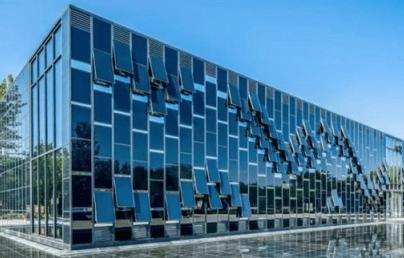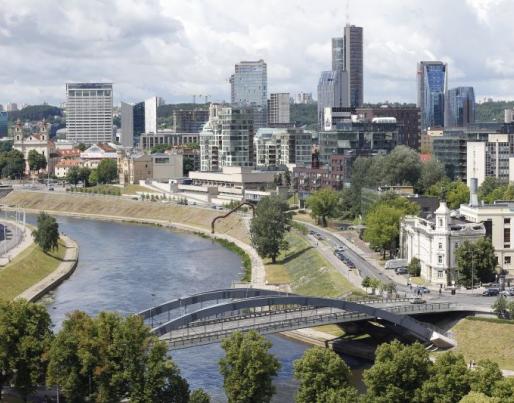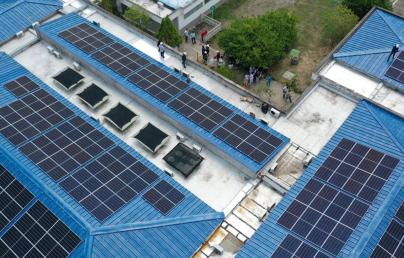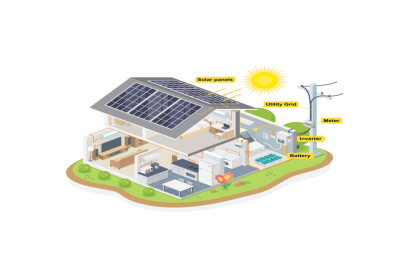
Lithuania leading green-building retrofit in Europe

Lithuania leading green-building retrofit in Europe
With a combination of public grants and private financing, Lithuania has carried out 1 billion euros’ worth of energy-efficient building upgrades. Now the EU wants to scale up its success.
The apartment building at the end of Cosmonauts Street in the small Lithuanian town of Marijampolė is flashy for the neighborhood. Built in 1993, the narrow nine-story building is newer than a lot of the Soviet-era apartment blocks to be found across the city. After a renovation in 2018, the 54-unit building looks fresh, with alternating columns of peach- and cream-colored siding to distinguish it from towers of drab concrete.
Yet changes at the Cosmonauts Street building go beyond the cosmetic. Before the work-up, its energy use was typical for a building of its age, which is to say, not great. But after the retrofits — including new windows and insulation, solar and geothermal heating systems and all-weather glazed balconies — costs for heating the building fell from 140 kilowatt hours per square meter to 28, a decline of 80%.
That’s good news for residents of this and hundreds of aging apartment buildings across Lithuania that have invested in similar upgrades — especially after a summer when energy costs surged following Russia’s invasion of Ukraine. The Baltic states in particular are bearing the brunt. Prices spiked so high in August that one Lithuanian grocery chain temporarily dialed back lighting and air conditioning in its stores.
Despite the ongoing crisis, Lithuania may serve as a model for securing a more energy-independent future for Europe.
Buildings across Europe consume 40% of the continent’s energy and generate 36% of its greenhouse gas emissions, according to the European Commission. So governments are betting heavily on modernizing the continent’s building stock as a way to combat climate change: Reducing energy consumption by improving building performance is the cornerstone of the European Green New Deal. Yet high inflation and rising interest rates (both especially severe in the Baltics) could diminish the curb appeal of this approach. It’s simply not as cheap as it once was for property owners to invest in capital-intensive upgrades with returns that pay out over the long term.
Read the full article here.

